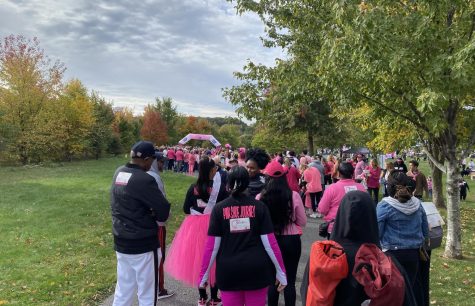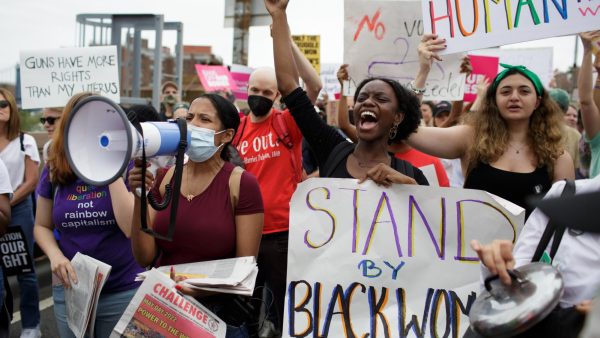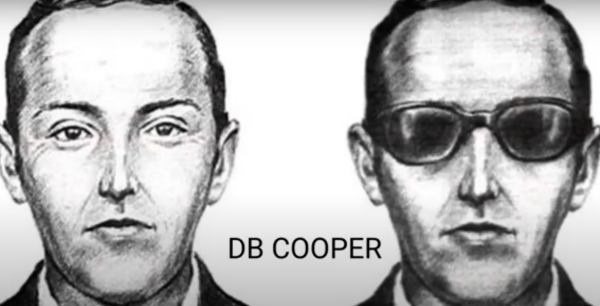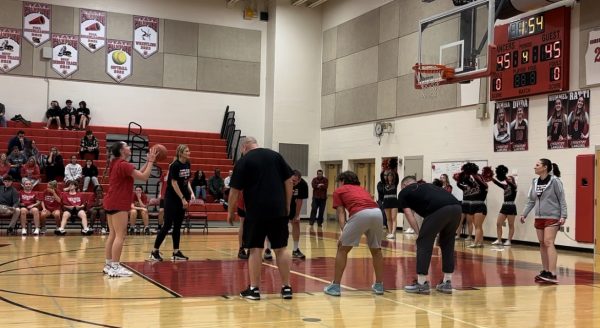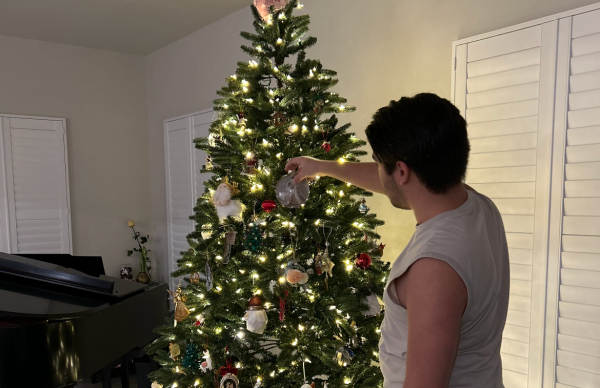Surviving Cancer: Children are dying, don’t you care?
Lily Weaver posing for Truth365 photoshoot.
This summer I contacted a page on Instagram called DanceHopeCure that raises more awareness for childhood cancer. (They also have a Facebook page and a website.) I thanked them for all they have done for the fighters and survivors. As a former patient, now a 5-year survivor, it means a lot to me that someone cares about childhood cancer.
Fast forward six months, I am now a spokesperson for Truth 365 (Truth 365 is the founder of Dance Hope Cure.), demanding more funding to research cures for children like me.
Throughout these six months, I have done many photo shoots, interviews and even spoke on the Ellipse in front of the White House.
Although childhood cancer only gets 4% of research funding, the money is well-spent, curing many, including me.
Statistically, I shouldn’t be here. And that’s my point. Without the incredible human talent, backed by funding, I would be a statistic.
If I could go back in time and be a 10-year-old with a clean bill of health, I wouldn’t. This is my fight.
Every day, 42 kids are diagnosed and seven die. Why is this? Although many childhood cancers have good survival rates, it’s not enough.
The first campaign for childhood cancer was in 1947 by Sidney Farber. The campaign was to find a cure for leukemia, the most common type of childhood cancer, and Farber used chemotherapy for the first time. Before that, children were just made comfortable (palliative care) as their disease progressed.
Both Farber and the Variety Club started raising money for childhood cancer and named the foundation The Jimmy Fund. The Dana-Farber Treatment Center was created for patients who need care or help with treatment options.
The Variety Club helps kids with disabilities and mental illnesses build self-confidence.
The 4% funding equation may seem fair because only childhood cancers make up just 1% of the population each year.
But if you think about it, these kids are our future. So why is it that we are running out of treatment options?
However, consider that when a child is diagnosed, the entire family must cope with the diagnosis.
For my family, my mother took a year off work to take care of me in the hospital. My dad would take off works some days to come spend time with me as well since we needed one person working to pay off the medical bills.
Not only did it affect my parents, but my siblings too.
My older sister, Grace, became the mom of the house when my parents weren’t there. Both her and my grandparents took care of my brother and themselves.
My family would try to visit me as many times as they could while I was in the hospital.
For me, this fight will never be over. We will always be fighting for more funding and fighting for a cure. This fight will be with me forever, and I wouldn’t want it any other way.
Your donation will support the student journalists of Linganore High School. Your contribution will allow us to purchase camera/recording equipment and cover our annual website hosting costs. We hope to raise enough money to re-start a monthly printed issue of our paper.


